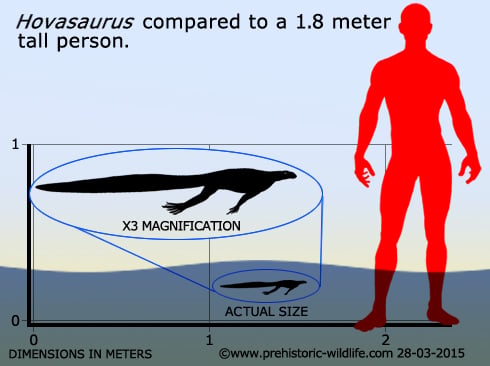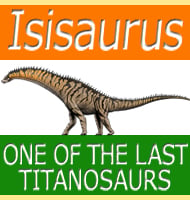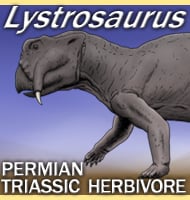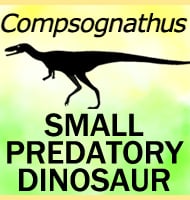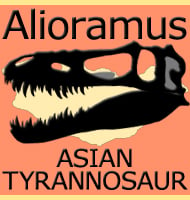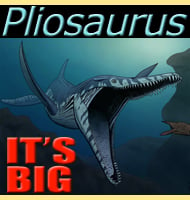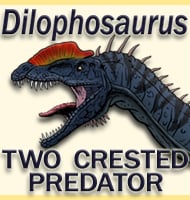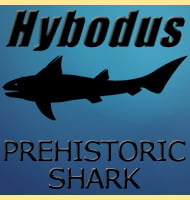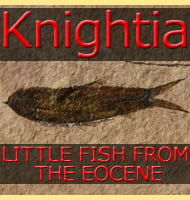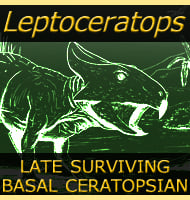In Depth
Hovasaurus was a diapsid reptile that developed special adaptations for an aquatic lifestyle. The toes of the feet were long and had webbing between them to make them work as flippers. The caudal vertebrae are extended up and below to support a vertically flattened tail. This would have provided a strong method of propulsion while swimming. Skin impressions of Hovasaurus show reptilian scales as seen in lizards.
Interestingly, Hovasaurus remains have been found to have concentrations of small stones where their stomachs would be, suggesting that these reptiles swallowed them in order to increase buoyancy.
Further Reading
– Paleontologie de Madagascar, XIII. Amphibiens et reptiles permiens. – Annales de Pal�ontologie 15:53-180. – J. Piveteau – 1926. – Hovasaurus boulei, an aquatic eosuchian from the Upper Permian of Madagascar, – Palaeontographica Africana 24: 99-168. – P.J. Currie – 1981. – New reptile material from the Lower Triassic of Madagascar: implications for the Permian–Triassic extinction event. – Canadian Journal of Earth Sciences. 44 (1): 1–8. – H. F.Ketchum & P. M. Barrett – 2004.
